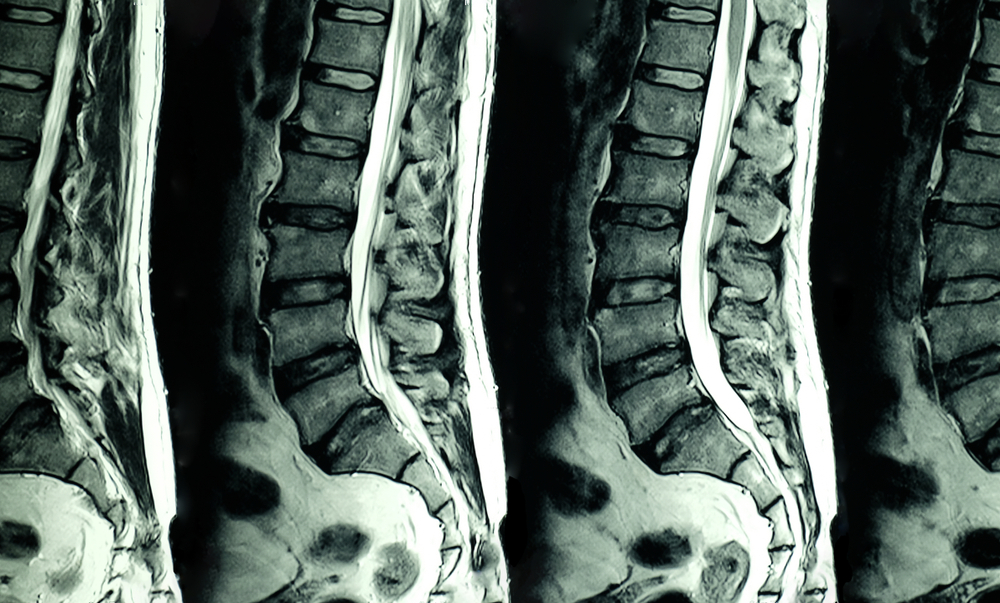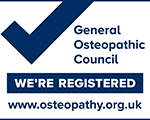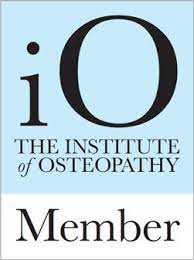The question of whether to get an MRI for lower back pain is one that is frequently heard in clinic. When you are suffering with severe lower back pain it intuitively makes sense that a detailed scan of the structures of the spine would tell us what is causing the pain, and help you to get the correct and most effective treatment. However it appears that this may not be the case. There is now a great deal of research that shows scans rarely provide useful information and they can even lead to worse outcomes for patients.

In this blog post we will review some of these studies and look at why a scans may not be helpful for many people with lower back pain, we will also look at when scans are necessary, and finally we will briefly review what should be used for effective, evidence based treatment for back pain when scans are not the answer.
Images on a scan do not tell us what is causing the pain:
This very large and well-conducted systematic review here looked at 33 studies on images of pain free people, they grouped people by decade form 20’s all the way up to their 80’s.
They found that so called “degenerative” findings on scans are common in pain free people and increase with age, concluding that they are a normal part of ageing and not associated with or indicative of causes of back pain.
Heres just a brief snippet of some of the findings, remember these were on people who were all pain free
– Disc degeneration for 20 year olds 37%, disc degeneration for 80 year olds 96%
– Disc bulges for 20 year olds 30%, disc bulges for 80 year olds 84%
– Disc protrusions for 20 year olds 29%, disc protrusions for 80 year olds 43%
Scan findings are not predictive of future pain:
Another study here looked at scans of pain free athletes from four different sports including weight lifting, wresting and ice hockey. As would be expected in highly active people in high impact sports many of them had “degenerative changes”. A five year follow up was performed seeing if there was any relationship between the “degenerative” findings on their scans and incidences of lower back pain since. The results showed that there was no correlation between scan findings and future episodes of back pain. Whereas the previous study showed that the scans findings do not relate to the pain that is currently being experienced, these findings show that findings on a scan they have no relationship on future risk of pain episodes.
Scan findings change, but does it even matter:
Finally we can look an analysis of studies, here , looking at re-absorption of disc bulges. Up to 66% of disc bulges had fully reabsorbed (were no longer present on MRI) after one year.
Just because you had a disc bulge when you were scanned 3 moths ago or last year, does not mean that you have the disc bulge now. This is reassuring to anyone who has had back pain and finding of a disc bulge on scan. It is it is also worth remembering the changes on a scan, reassuring as they may be, do not define your recovery; the vast majority of patients can become pain free and regain function with or without your scan findings changing.
Do no harm:
Apart from scans not offering useful information on the causes of, or possible recovery form pain, there is a darker side to unnecessary imaging in the potential harm it can do.
A recent study on the link between patient beliefs and how they effect severity of lower back pain here found that: the things people see on and are told about the scans can have a long lasting negative effect on pain and level of disability, negative beliefs, pessimistic outlook and passive coping behaviours were attributed to advice from health care practitioners and results of spinal imaging. The American Academy of Physical Medicine and Rehabilitation here states that: “Imaging for the lower back leads to unnecessary doses of radiation, increased worry in terms of findings and lead to unnecessary medical procedures”.
So when should imagining be used?
In all this it is important to be balanced and to recognise that there are cases where imaging such as X-rays and MRI’s play an important part in diagnosis and treatment. These include when there is worsening neurological dysfunction such as progressive weakness or loss of bowel or bladder function, or when the symptoms do not match the usual picture of spinal pain and imaging can rule out or spot other causes. It can even save lives by picking up cancers or other rare and serrious conditions which can manifest as low back pain (less than 1% of cases of lower severe low back pain).
In the UK we have the NICE (National Institute of Health and Care Excellence) guidelines here, which provide evidence-based guidelines the use of imaging for lower back pain (and other health care matters). Unfortunately many GPs and in some cases even consultants are not as familiar with these guidelines as they would like to be due to the huge time pressures that they are under. If you are ever in the position of being offered or advised imaging for back pain there are seven words that can ensure that it is in your best interest and based on scientific evidence. “Is this in accordance with the NICE guidelines?”
The above question will prompt your health care practitioner to re-familiarise themselves with these helping you as well as their future patients to get the best care possible and to avoid the pit falls and dangers of early / unnecessary imaging.
So what is causing the pain then?
The desire to blame certain structures / body parts as the cause of back pain is deeply ingrained in both in the medical professions as well as in popular culture and is hard to move away from.
An increasing understanding of pain science and has shown that pain is multi-factorial and a good evidence based approach for effective treatment of lower back pain should be addressing the many modifiable factors that contribute to lower back pain; including:
· Muscle tension
· Muscle weakness
· Too much or too little exercise
· Reduced movement
· Fear of movement
· Reduced sleep
· Anticipation of pain
· Stress
· General health / well-being
All of these things can have a profound effect on ones experience of back pain, and therefore these are the things that should be targeted in a well-rounded evidence informed treatment for lower back pain. It puts you the patient back in control. Rather than being at the mercy of findings on a scan you are actually a key player in a complex symphony of pain, an array of multiple factors most of which you have some level of control over and through which can overcome pain regain movement and get back to doing the things that matter to you?
I hope you found this post helpful. If you have any questions regarding this please leave a comment below or get in touch via the website.
References:
1) Alyousef B., et el. 2018. Negative beliefs about back pain are associated with persistent, high levels of low back disability in community-based women.
2) American Academy of Physical Medicine and Rehabilitation. aapmr.org
3) Baranto A., et el, 2009. Back pain and MRI changes in the thoraco-lumbar spine of top athletes in four different sports: a 15-year follow-up study.
4) Briinjiki W., et el, 2015. Systematic literature review of imaging features of spinal degeneration in asymptomatic populations.
4) National Institute of Health and Care Excellence. nice.org.uk
5) Zhong M., et el, 2017. Incidence of Spontaneous Resorption of Lumbar Disc Herniation: A Meta-Analysis










